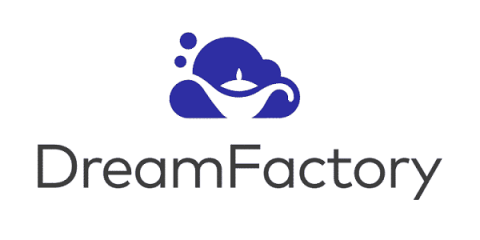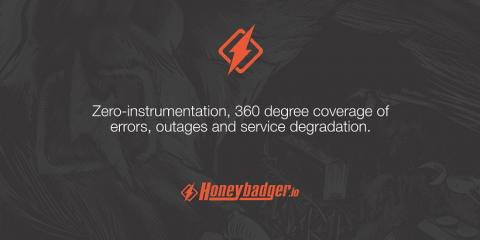Systems | Development | Analytics | API | Testing
Databases
Migrating from Postgres to Amazon Redshift
How to Setup a MySQL Connection within Xplenty
How to Setup a Database Connection in Amazon RDS with Xplenty
Integrating Snowflake with MS SQL Server using DreamFactory
Using DynamoDB in Your Rails App
DynamoDB is a NoSQL database offered by AWS. It can be a great way to avoid adding load to your primary database when you need tens of thousands of reads/writes per second. In this article, Julie Kent walks us through the basics of using DynamoDB with Rails.
How to Transfer Data from Postgres to Salesforce
Database-driven realtime architectures: building a serverless and editable chat app - Part 2
Hello again! Welcome to Part 2 of this article series where we go through database-driven architectures by understanding the nitty gritties of a chat app where you can edit messages. Here's the Part 1 of this article series, if you missed it: Database-driven realtime architectures: building a serverless and editable chat app - Part 1 Check out the editable chat app or explore the project on GitHub.
An Ultimate Guide about SQL Injection for WordPress Users
The Structured Query Language (SQL) is a Relational Database Management System (RDBMS) that is pronounced like the word "sequel." It was the first simple way to store and retrieve many sorts of data on computer systems, and it was invented in 1974. Since then, the language has grown in popularity, and it is still used in many content management systems (CMS) today, such as WordPress.
Database-driven realtime architectures: building a serverless and editable chat app - Part 1
Database-driven realtime architectures are becoming more and more common as evidenced by key backers and widespread use of software like Firebase and Supabase. The two key priorities for an app following database-driven realtime messaging are long-term storage and change data capture (CDC) updates from the database. In this two part article series, we’ll take a detailed look at a fully serverless chat app where you can edit previously published messages.









